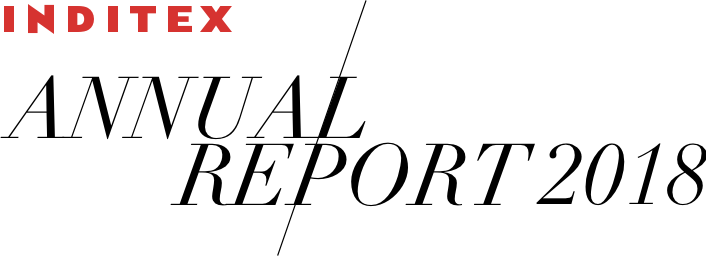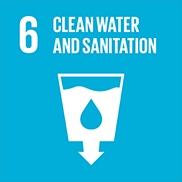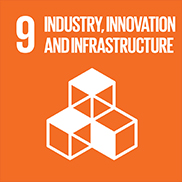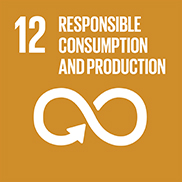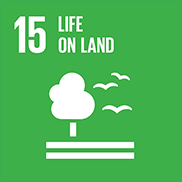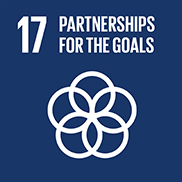We strive to ensure that all of the items we sell meet the highest standards of health, safety and environmental sustainability, paying particular attention to the raw materials we select.
More sustainable raw materials
We work with 300 different types of raw materials. 48.9% of the fibres we use are natural.
GARMENTS MADE FROM ORGANIC COTTON
WE ARE THE WORLD'S FOURTH LARGEST CONSUMER OF ORGANIC COTTON
YEAR-ON-YEAR
GARMENTS MADE FROM TENCELTM LYOCELL, A FIBRE MADE FROM TIMBER SOURCED FROM SUSTAINABLE MANAGED FORESTS. +44% YEAR-ON-YEAR
We use recycled raw materials and strive to make sure that all of the man-made, forest-based fibres we use come from forests that are managed sustainably.

GARMENTS MADE FROM RECYCLED MATERIALS
Our Join Life labels single out garments made from more sustainable raw materials and using more environmentally-friendly processes. Over 136 million Join Life garments, up 85% year-on-year
Clean and responsible fashion
Our customer promise is to guarantee that every single one of them meets the highest health, safety and environmental sustainability standards. Those standards apply to all of our manufacturing practices and are binding upon all of our suppliers. We are committed to the Zero Discharge of Hazardous Chemicals (ZDHC) initiative, with a time horizon of 2020.
That pledge extends to the chemicals industry that makes the dyes, pigments and auxiliary chemical products used in the garment and leather sectors.
In collaboration with technology firms, research centres and leading international laboratories, we verify effective implementation of these standards by analysing finished garments and the chemical products used in their production.
We also conduct regular audits at the factories that make our garments and the facilities from which the chemical products that are used in their manufacture are sourced.
Our fashions are...
- Safe to Wear. We guarantee and supervise the safety of our products by means of 10 indicators aligned with the most stringent legislation.
- Clear to Wear. We create garments that pose no risks to their wearers' health. We monitor 37 parameters and the incidence of substances whose use is legally limited.
- Green to Wear. We set environmental sustainability standards for our manufacturers and suppliers and ensure they adopt them. We verify their performance and encourage them to embrace new technologies and processes.
LEADER IN THE ELIMINATION OF PERFLUOROCARBONS IN 2018, ACCORDING TO GREENPEACE
IN 2020, WE WILL ADD ANY SUBSTANCES THAT WOULD POSE EVEN THE SLIGHTEST RISK TO THE ENVIRONMENT TO OUR LIST OF BANNED SUBSTANCES
Control over manufacturing and continuous improvement
We have developed an exhaustive control and continuous improvement programme which encompasses all of the stages involved in making our garments. It is binding upon the entire supply chain.
Whenever we detect any breach of our product health standards, we find out why and address the root cause. In 2018, we conducted 47 audits specifically to this end.
We collaborate with the smartest organisations
Cooperation with national and international organisations helps us incorporate the most recent healthy, safety and environmental sustainability practices.
UNIVERSITIES AND RESEARCH CENTRES
- Massachusetts Institute of Technology (MIT)
- La Coruña University (UAC)
- Santiago de Compostela University
- Polytechnic School of Catalonia Vocational College of Igualada (CETI)
- Escuela Técnica de Igualada (CETI)
SECTOR ORGANISATIONS
- Sustainable Apparel Coalition (SAC)
- Organic Cotton Accelerator (OCA)
- Better Cotton Initiative (BCI)
- Canopy Planet
- Textile Exchange
- Zero Discharge of Hazardous Chemicals (ZDHC)
- CEO Water Mandate
- Ellen MacArthur Foundation
- Fur Free Alliance
- Istanbul Textile and Apparel Exporters Association (ITKIB)
GOVERNMENTS AND AUTHORITIES
- Institute of Public and Environmental Affairs (IPE) of China
- CIQ Shanghai
- Global Fashion Agenda
- Fashion Industry Charter for Climate Action (UNFCCC)
SDGs contributed to:
